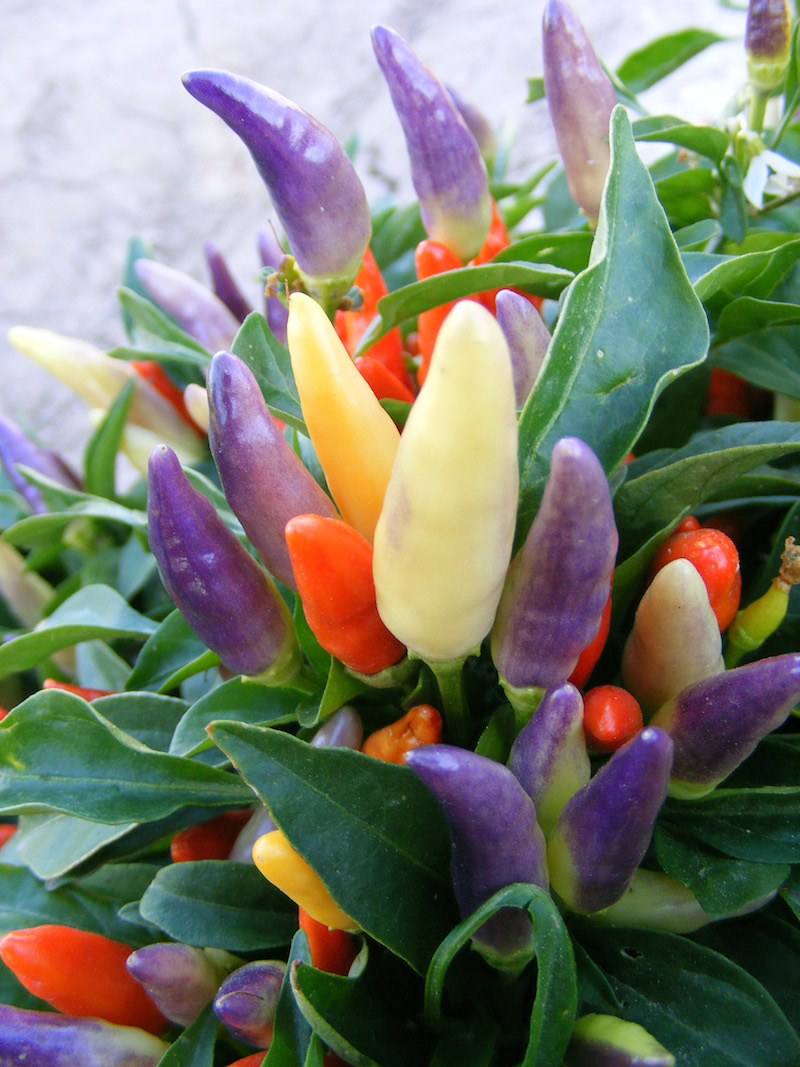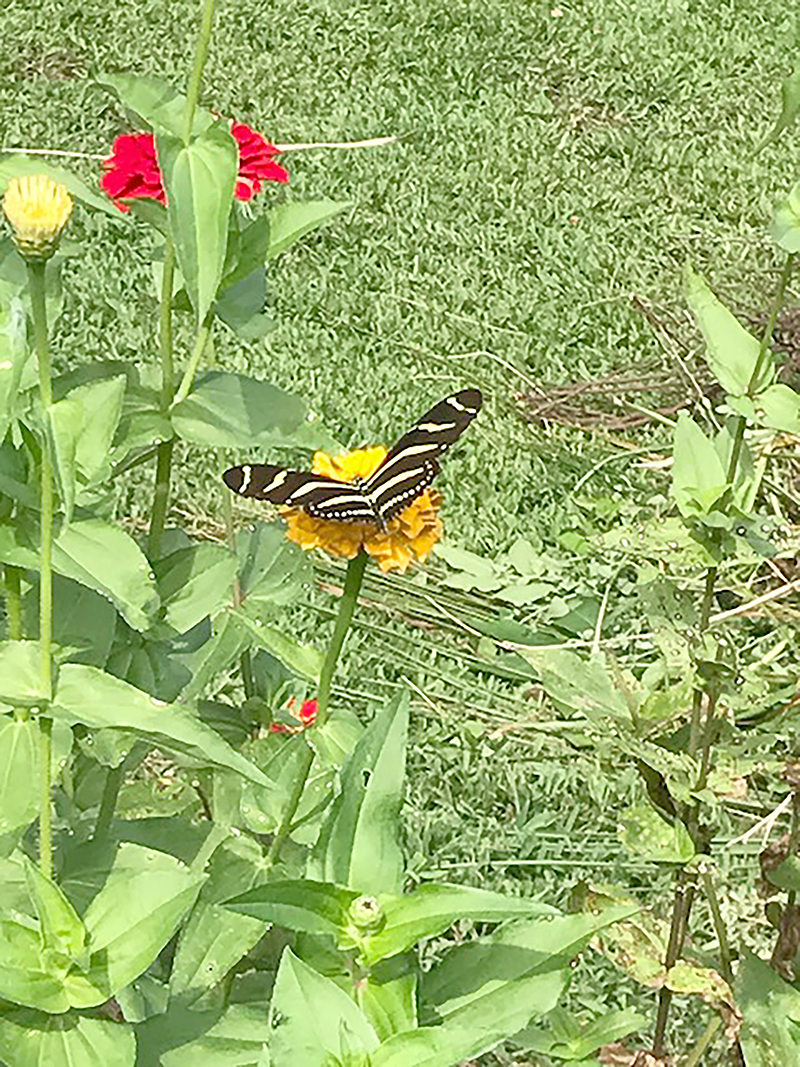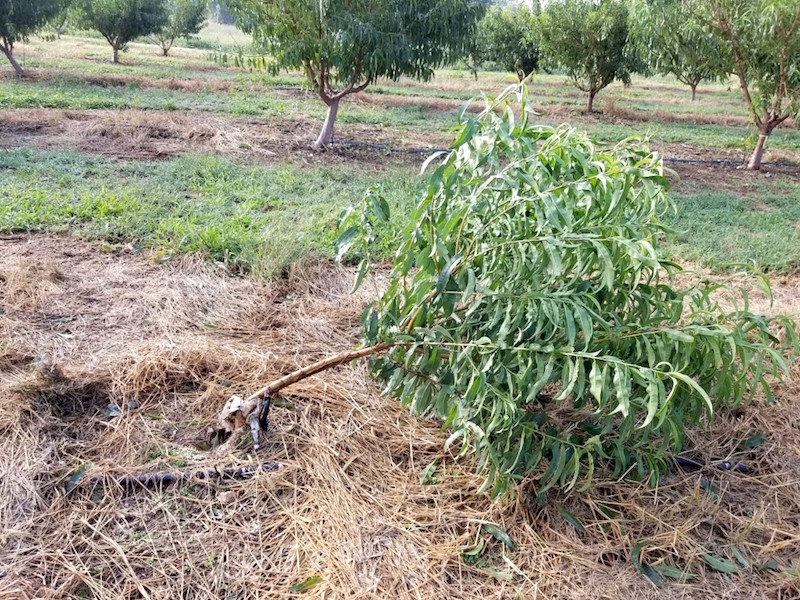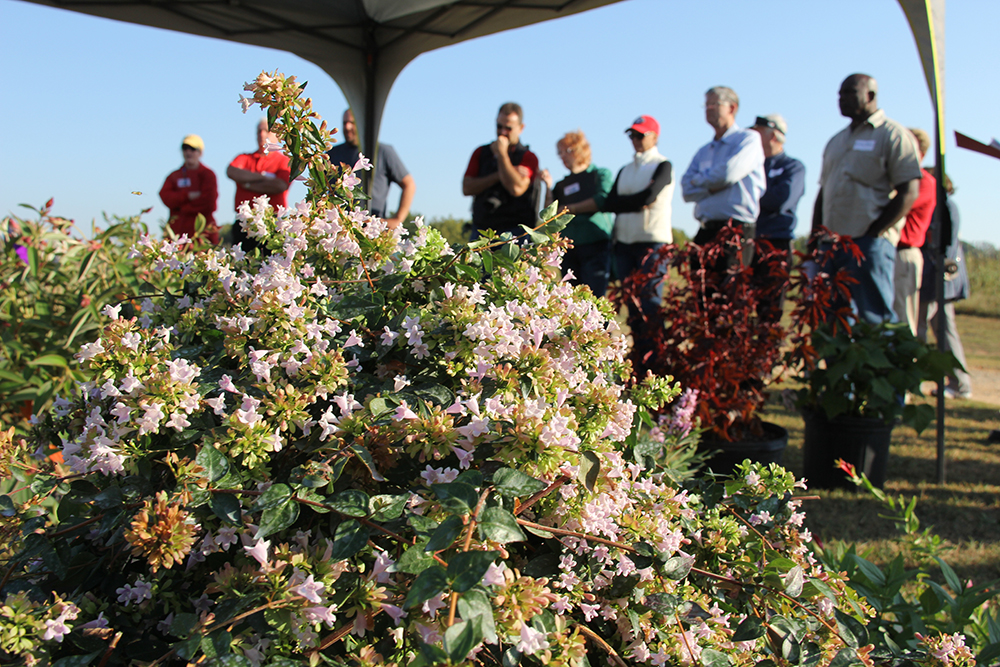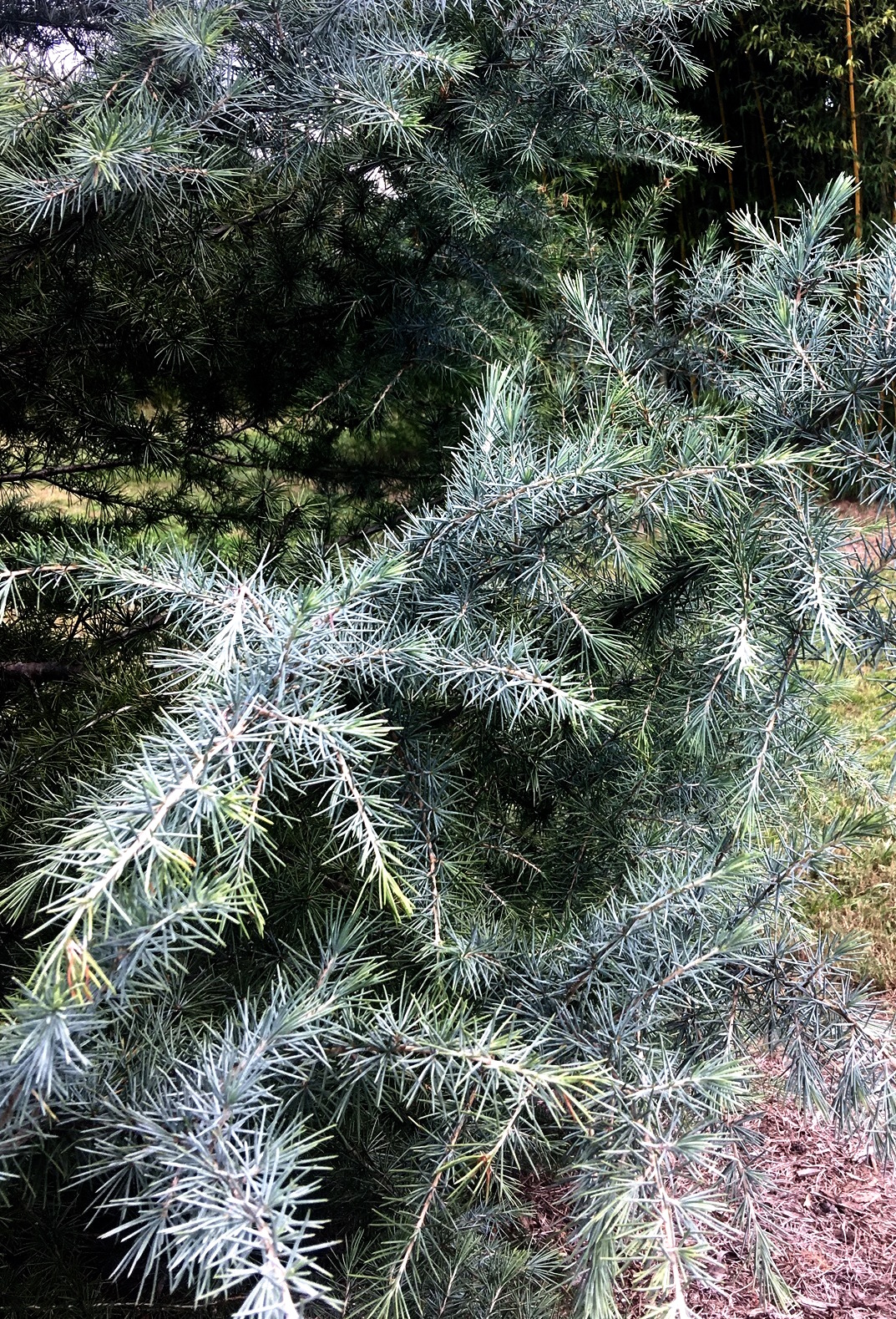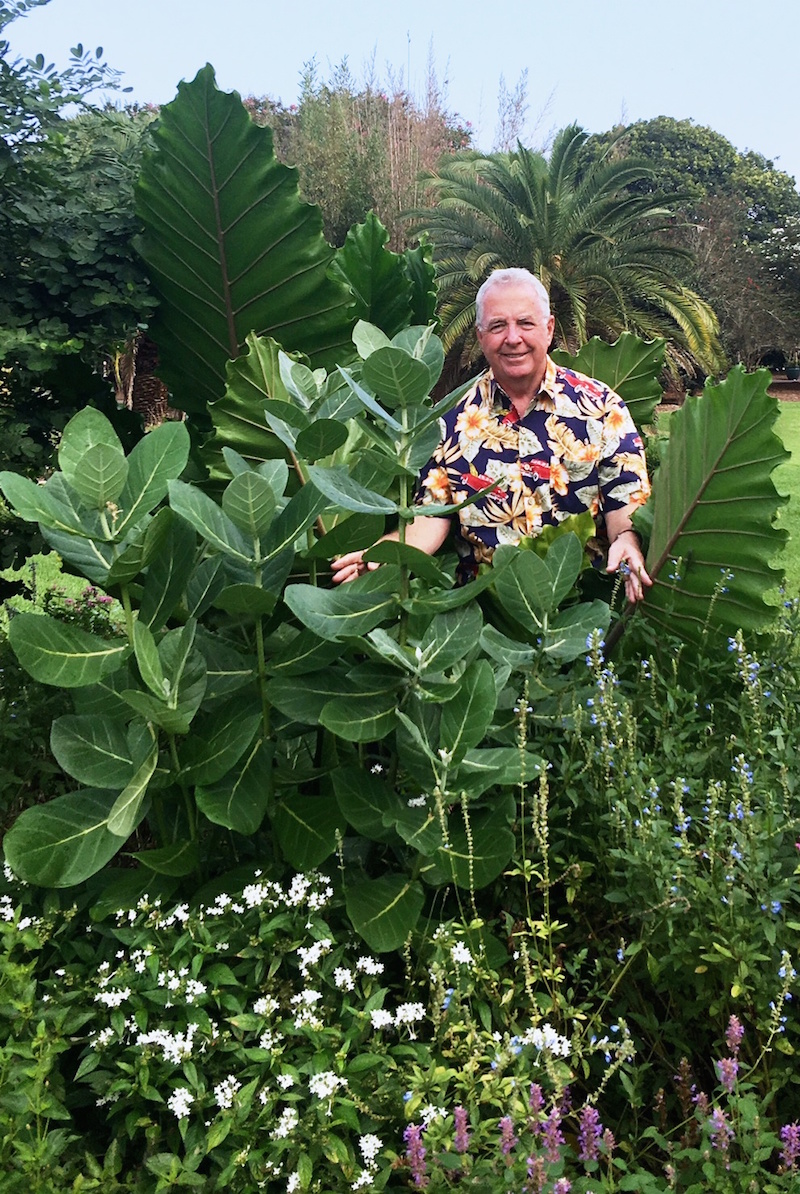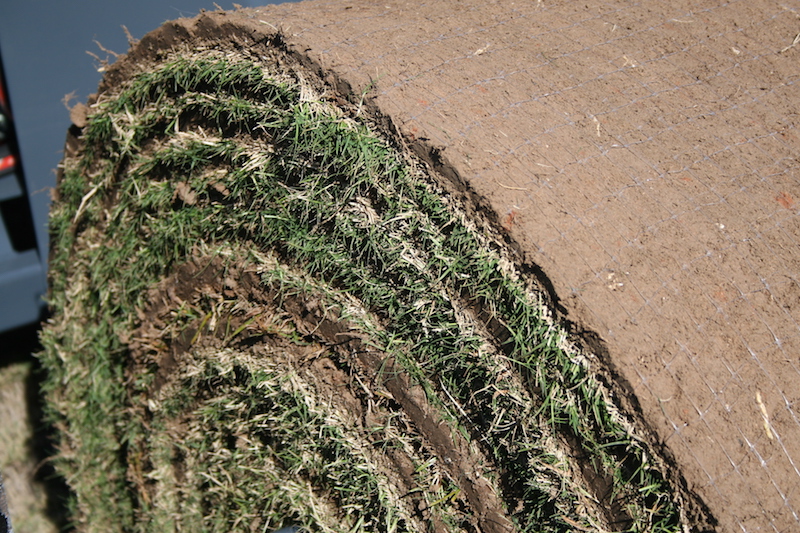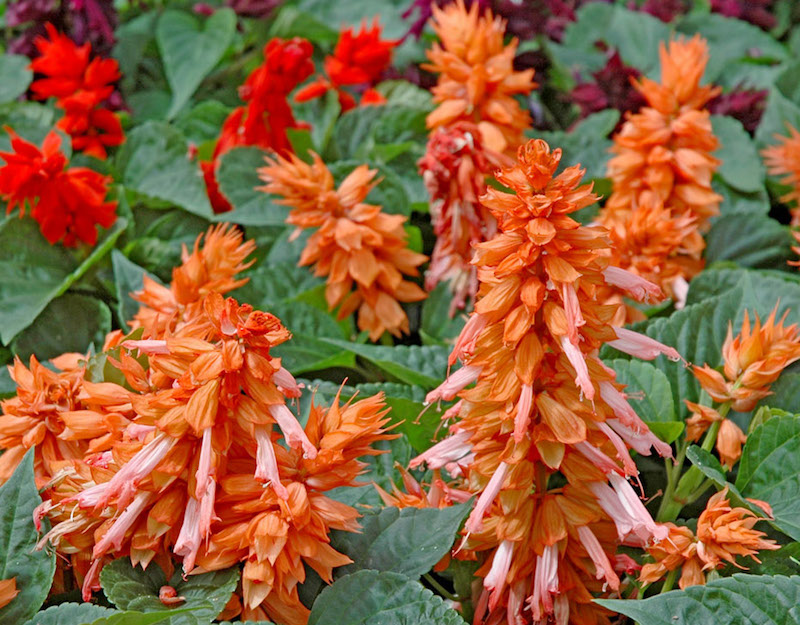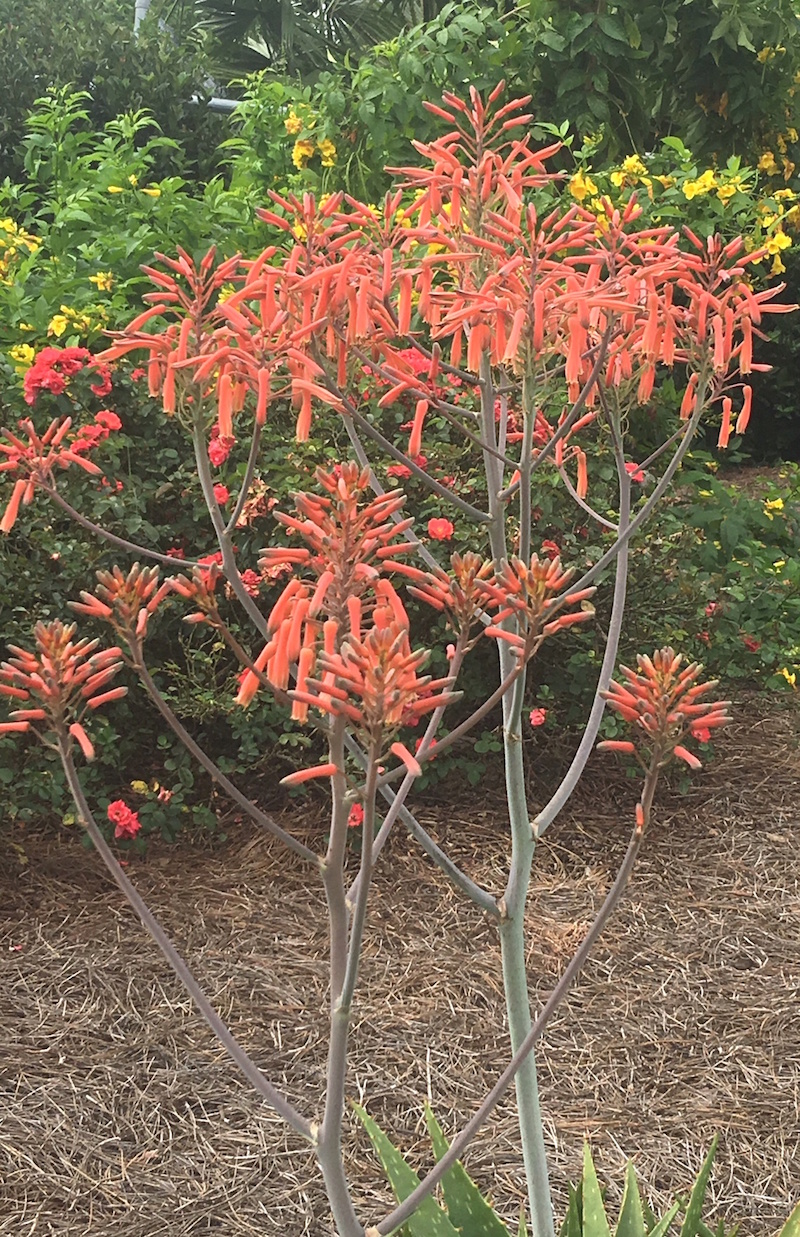 CAES News
CAES News
Soap Aloe
Soap aloe is one of those plants that stirs up a passion in gardeners and plant aficionados across the country. Known as Aloe maculate, you would swear it is from Mexico at first glance, but it’s actually from South Africa, more than 9,000 miles away.

